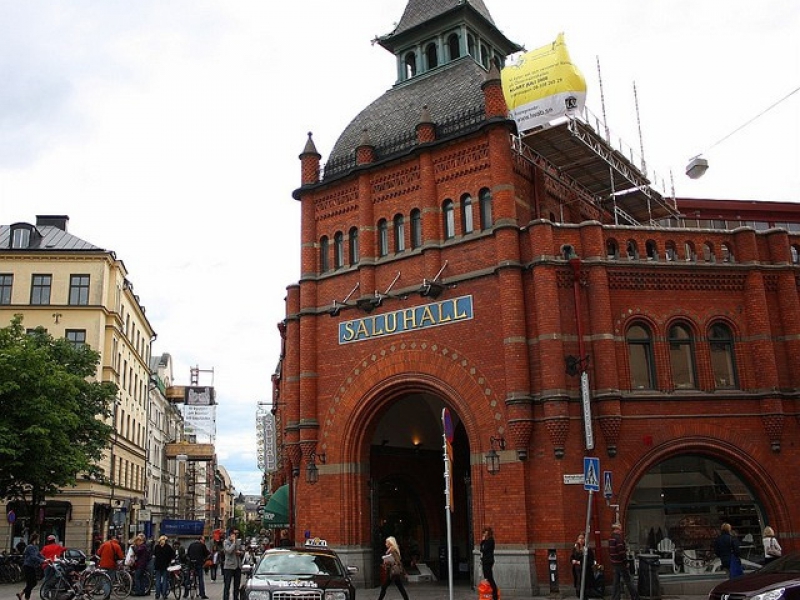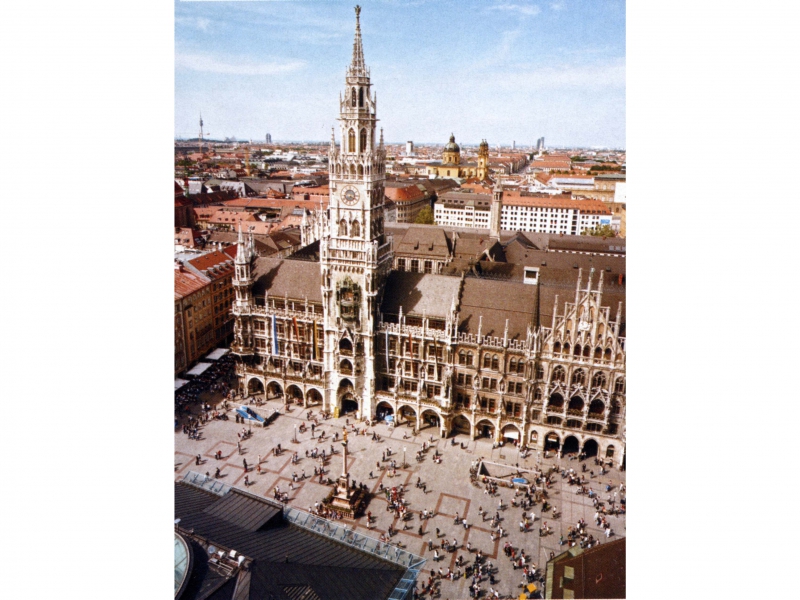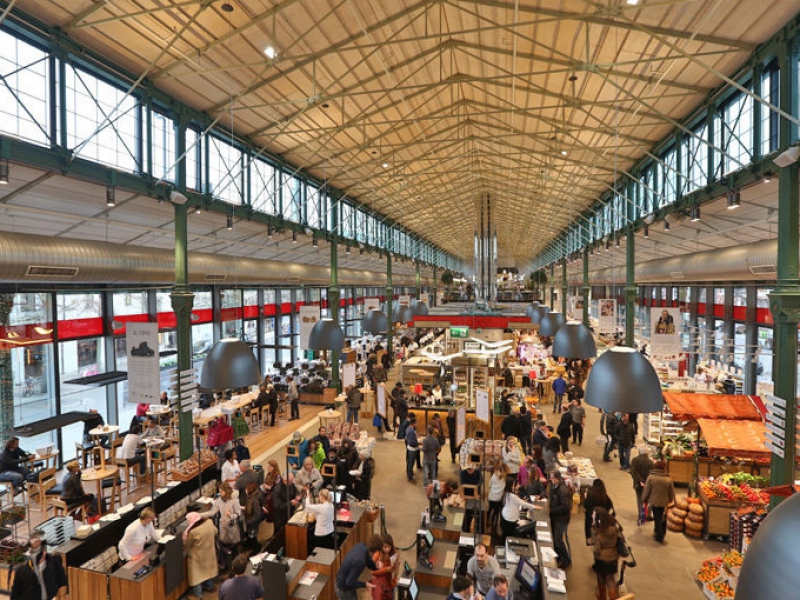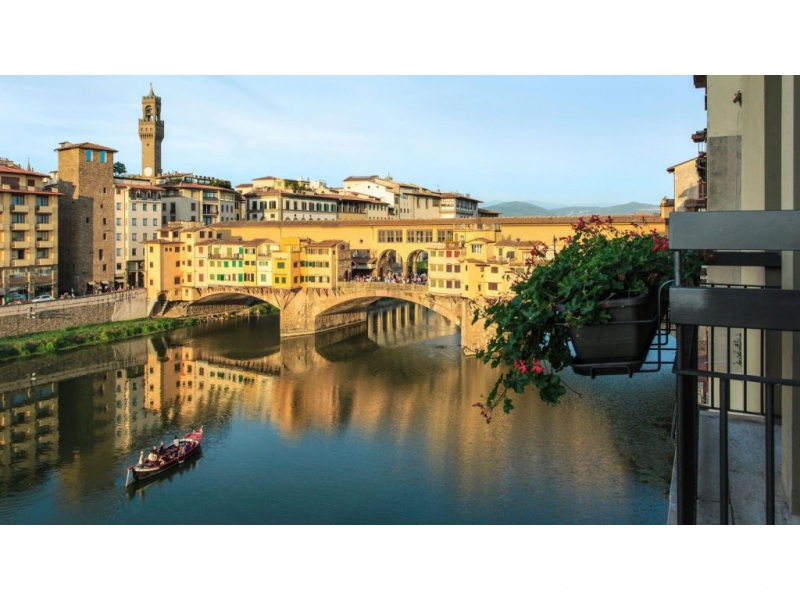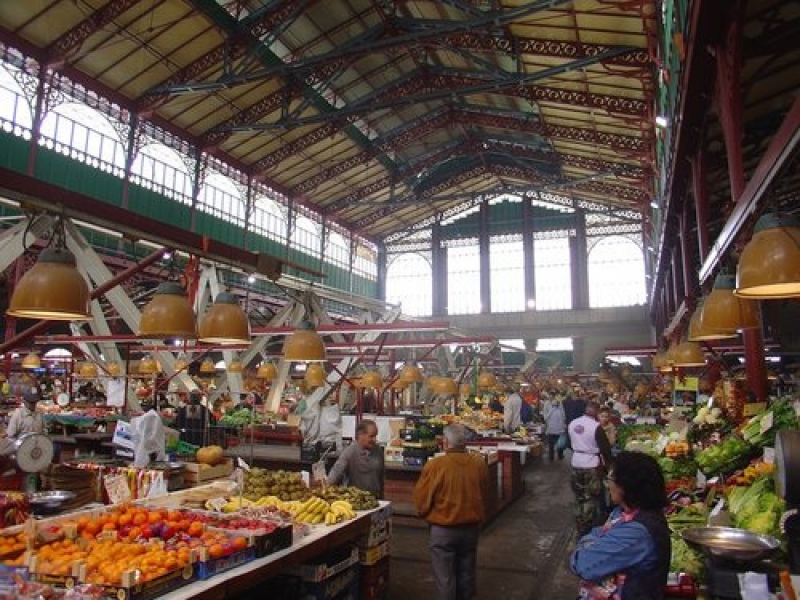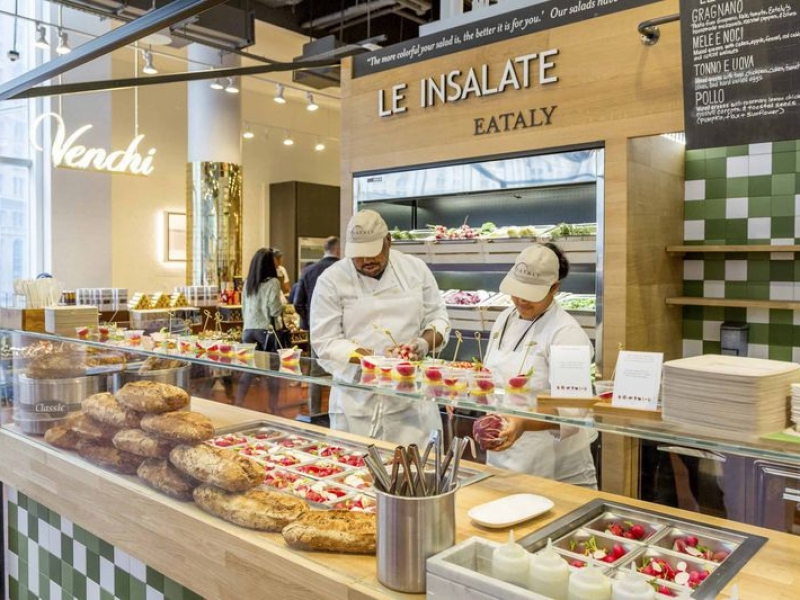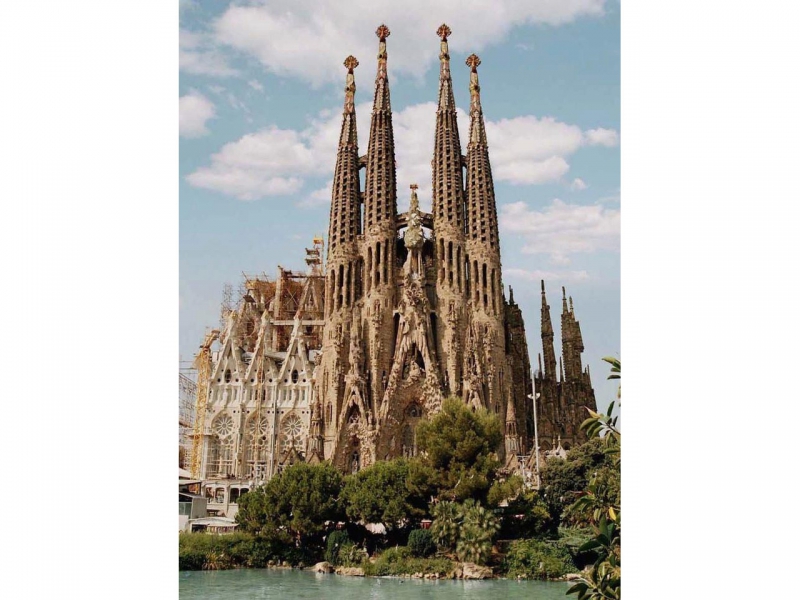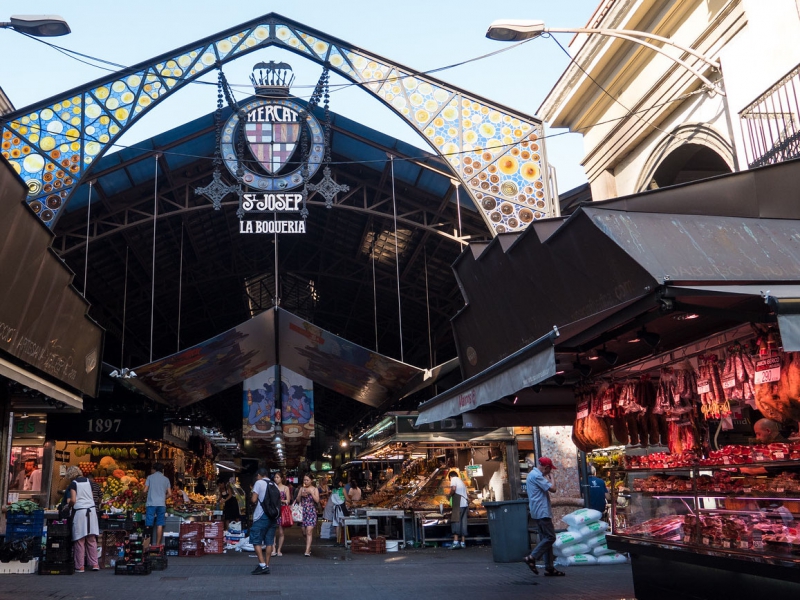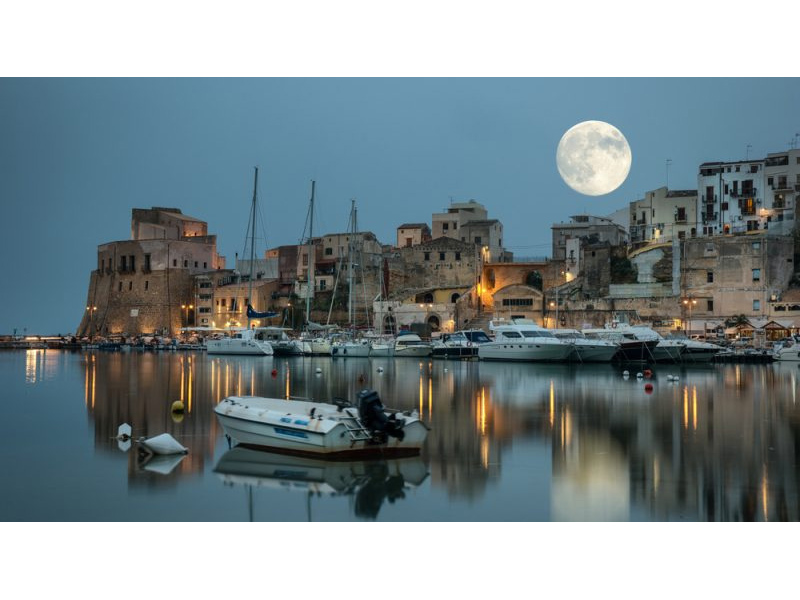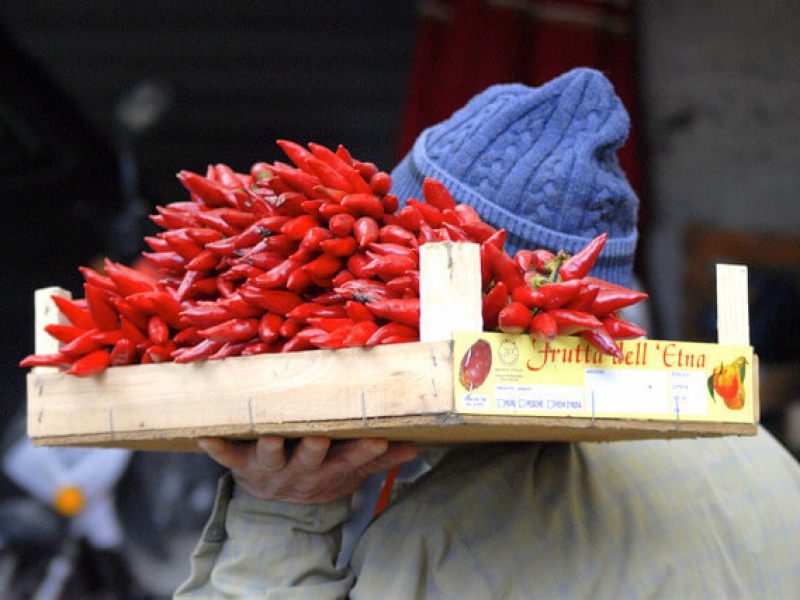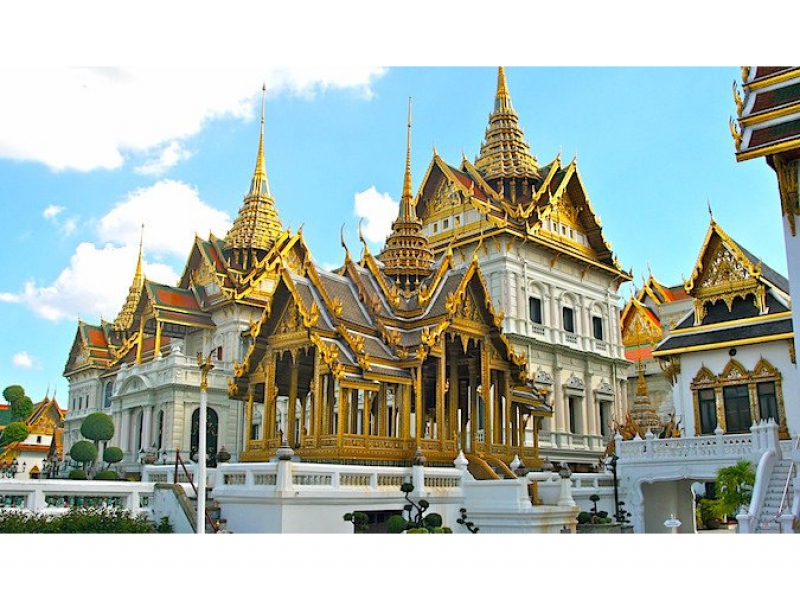One of the many pleasures that Joanne and I share when visiting major capitals is to seek out the local marketplaces. Some are refined, some are gritty. And a few are really gritty.
Among the refined – no surprise here – are the food markets in Stockholm and Munich.
In the heart of downtown Stockholm stands the SALUHALL OLSTERMALM FOOD HALL. Built in 1888, it’s an institution: a place for the enjoyment of local and international foods in an historic setting. It closed in 2016 for an extensive makeover and has since reopened with a much larger space and improved connectivity to the surrounding streets.
On a recent visit to Munich, we visited the VIKTUALIENMARKT, a series of structures purveying fresh food, sausages, flowers…all that you’d expect. What might surprise you are its vast outdoor beer gardens, which become the epicenter of Oktoberfest, or the big, sleek and shiny new Italian food hall, EATALY, that has taken root dead center in the Munich market.
Eataly is extremely well-designed and merchandised for a population that – like everyone else – loves Italian food. But a German resident told us that Munich citizens have not totally embraced Eataly, and I sense that his observation may be correct. To me, Eataly seems to clash with the realness of the surrounding German food stalls and beer gardens. Maybe that explains the thinness of the crowds on the day we visited.
Further south is Florence’s MERCATO CENTRALE, a big and buzzy place set in a two-story building that we have visited probably a dozen times or more during my days at BUCA, when I lead our chefs and managers on culinary tours of Italy.
One of the frustrating things that I experience in these food halls and markets where everything is stunningly merchandised and presented is that it makes no sense to buy any of the mouthwatering offerings. After all, you’re staying in a hotel. But one year I wised up. We rented an apartment in town, and finally I had the pleasure of morning shopping trips to the market and lazy afternoons preparing dinner.
But this last visit to the Florence market was jarring. Although the first-floor food stalls remain vital, crowded and alive, all the second-floor food stalls have been replaced by – you guessed it – Eataly.
However, this iteration felt entirely different than its Munich counterpart. Though all hew to the same formula, Eataly in Florence feels authentic rather than forced, and it attracts locals and tourists like a magnet. Our grandkids were stunned by the variety and novelty of the offerings, many of which they’d never seen before. It all boiled down to a whopping fun place to browse, buy and eat. BTW, private tours of Eataly and the market are available for about $75, and the facility boasts a very modern cooking school offering day classes that’ll run you a hundred bucks or so.
Further south and a little further down the gritty scale, we come to Barcelona, home of Antoni Gaudi, the eccentric architect who designed the CHURCH OF SAGRADA FAMILIA. So unsettling was his work that his professor at the Barcelona School of Architecture said upon Gaudi’s graduation, “I do not know if we have awarded this degree to a mad man or a genius.” Check out the images. You decide.
But what I’ve decided is that Barcelona’s BOQUERIA MARKET, two-thirds up the Rambla on your left, is one of the most sensual and dramatic markets in all of Europe. It was started around 1840 and arrived at its present form in 1914. Today throngs of tourists and locals stroll the market on slippery floors of melting ice and discarded fruit skins. Stall keepers are loud and shout out their goods, lending charm and authenticity to the frenzy.
The Boqueria Tourist Guide says, “High dining stools in open air restaurants abound and can be absurd, as a man walking by as you eat carrying a pig right under your nose….but that also serves to remind you of the spontaneity and freshness they offer.”
Next on my list is Palermo, Sicily and the VUCCIRIA (pronounced Voo-chir-RIA), an early-morning market located both above and below street level in the city’s historic downtown. Owing to Palermo’s proximity to the sea, fishmongers dominate and have the most interesting stalls, laden with swordfish and tuna, fresh from the Straits of Messina, weighing in at several hundred pounds. Bright, brilliant and vivid colors of just-picked produce punctuate the grayness of the sometimes-grimy streets.
The Vucciria market strikes me as completely natural – no showbiz, no staging, just REAL.
The market opens at 4:00 AM when fishermen arrive with their catch and are greeted by buyers who have been waiting since 3:00 AM. So try to get there no later than 6:00 AM to see the Vucciria in action.
Half way around the globe and a world away from the refined markets of Sweden and Munich sits Bangkok’s sprawling CHATUCHAK MARKET. Here you can find almost anything from food to housewares to fine art and auto parts. In addition to selling an array of meats and produce (some of it quite exotic and not to my nose…like durian), you’ll find a vast array of land and see creatures – some sold as pets, others as ingredients. So what’ll it be for your evening meal? Rats…reptiles…worms? Take a look.
I ain’t lying.
WTF
PHIL
